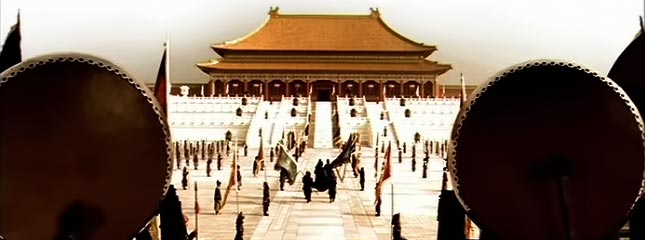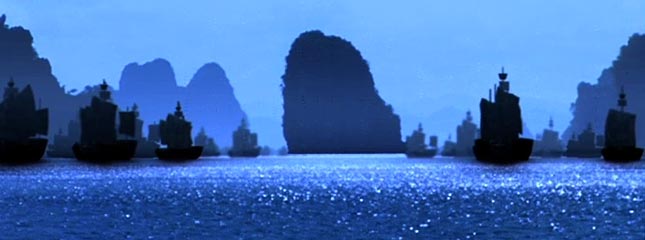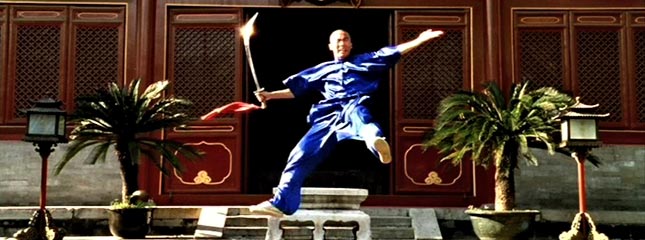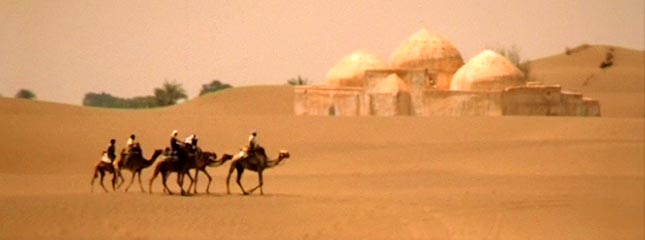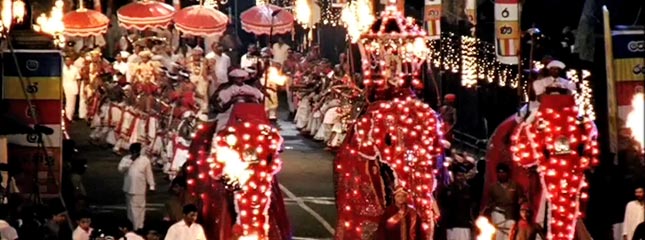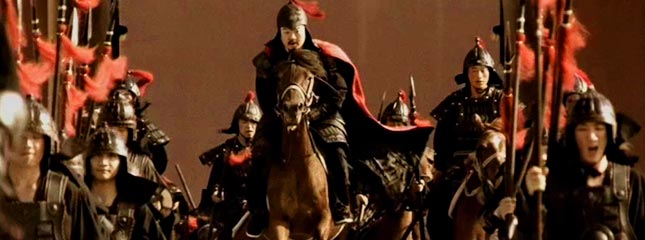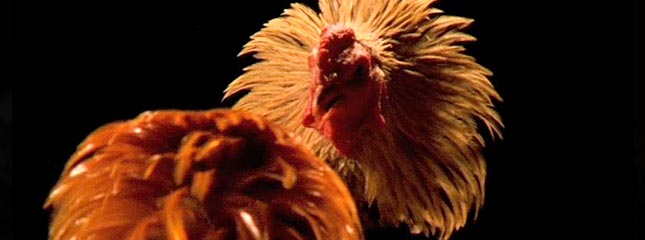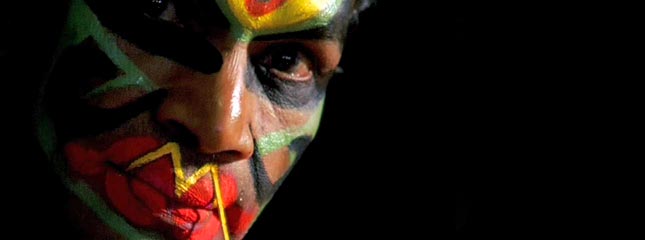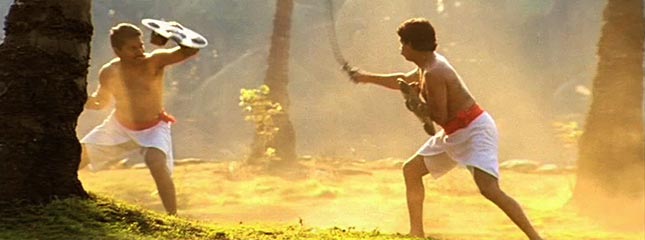For any director, to shoot a film in this many locations on a subject as rich in
content as this,would be an extremely exciting opportunity, but also a daunting
challenge. There are so many story telling elements to weave into the fabric of
this story, it needs to be handled with great care otherwise the message will
be lost.
The variety of locations provides a diversity of faces, cultures and practices that
are rarely incorporated in one film. This alone brings to life the experiences that
Zheng He and his crew must have experienced 600 years before us. The strange
things they saw must have fascinated them. Even today with photography and
television images bringing distant places much closer, some of these images are
still startling. Imagine what it must have been like for Chinese sailors 600
years ago!
Telling the story
The top layer of the story is the adventure and the marveling at the technological achievements of the great treasure ships. Beyond that is the historical backdrop, which proved the drama to the story and the insight into the man himself. The drama stems from the conflict between the progressive ideas of the emperor, Zhu Di who chose the eunuchs to help him go out into the world, explore and learn from other cultures. Deeply opposed to this whole enterprise were the Confucian scholars.Herein lies the conflict. At the base of these opposing ideas are the Chinese forces of yin and yang,darkness and light, energy and stagnation. The yin and yang accomplish changes in the universe through the five material agents, or wu hsing , which both produce one another and overcome one another. All change in the universe can be explained by the workings of yin and yang and the progress of the five material agents as they either produce one another or overcome one another.
As a cinematic devise to underscore this conflict, this yin and yang and the black and white image that represents it, I have woven in a photographic theme that reflects this. The black are jet black, leaving the subject bathed in golden light.I struck this chord from the very first shots; a fisherman off the coast of Zanzibar is completely silhouetted against the turquoise blue ocean, framed within a jet black window. Similar compositionand lighting can be found in the kung fu scene as well as several of the reconstruction scenes, just for starters.
Since this is a story about history coming full circle I have also used a circular theme throughout.In shooting the China locations, static symmetrically composed frames reflect both the strength and power of the great Ming dynasty and also its rigidity. On the other hand, China was the only place I used steadicam. This marvelous film making tool was used to add free flow movement to shots in China locations only. The result is static and moving images just like the nature of the conflict – static inward thinking and moving forward progressive thinking.
Telling the story
There is a danger in documentaries to destroy the illusion of the era by going too close. I decided that the way to handle this subject was to keep the characters and their surroundings more distant.I framed and lit the shots to be like paintings. The idea was to evoke the period rather than over explain it.The scene that I wrestled with the most in terms of how to depict it and whether to depict it at all was the castration. In the end I decided it should be in the film. For me it was important to show where Zheng He came from, not so much the physical place, but the journey he had taken as a human being. He has been subjected to a most brutal and what must be traumatizing experience of having both his penis and testes cut off as a young boy. Yet he served the country that did this to him with total loyalty and he devoted his life to its cause.
